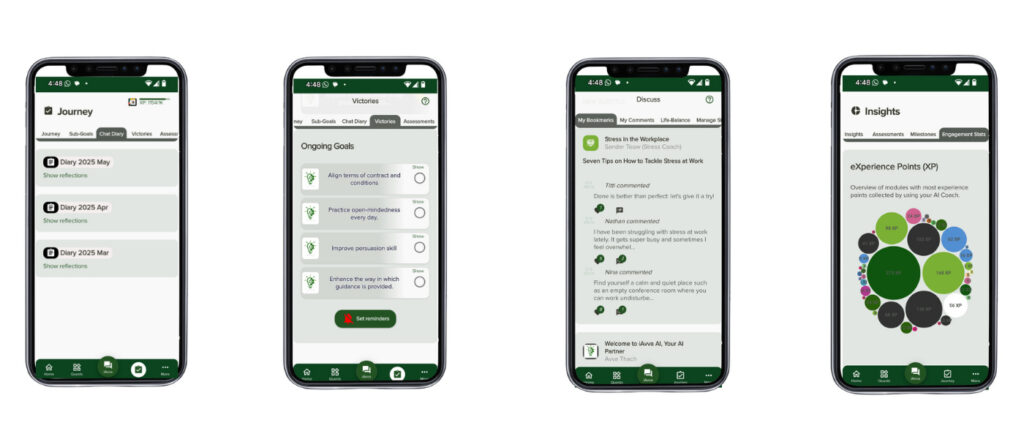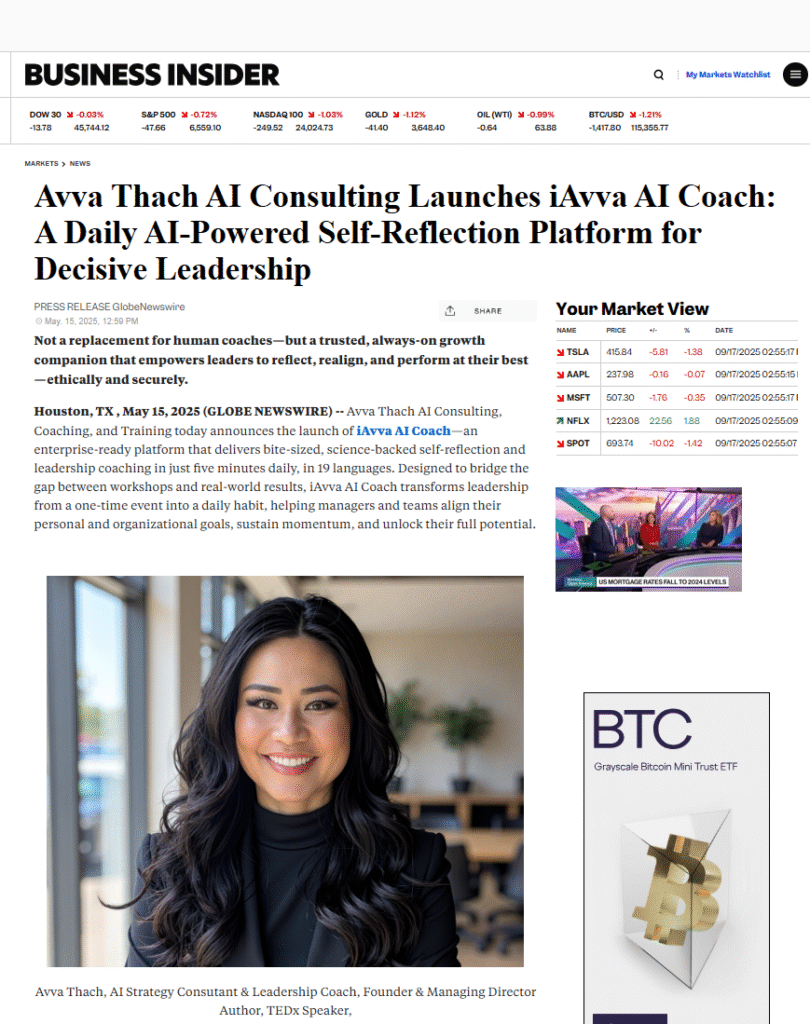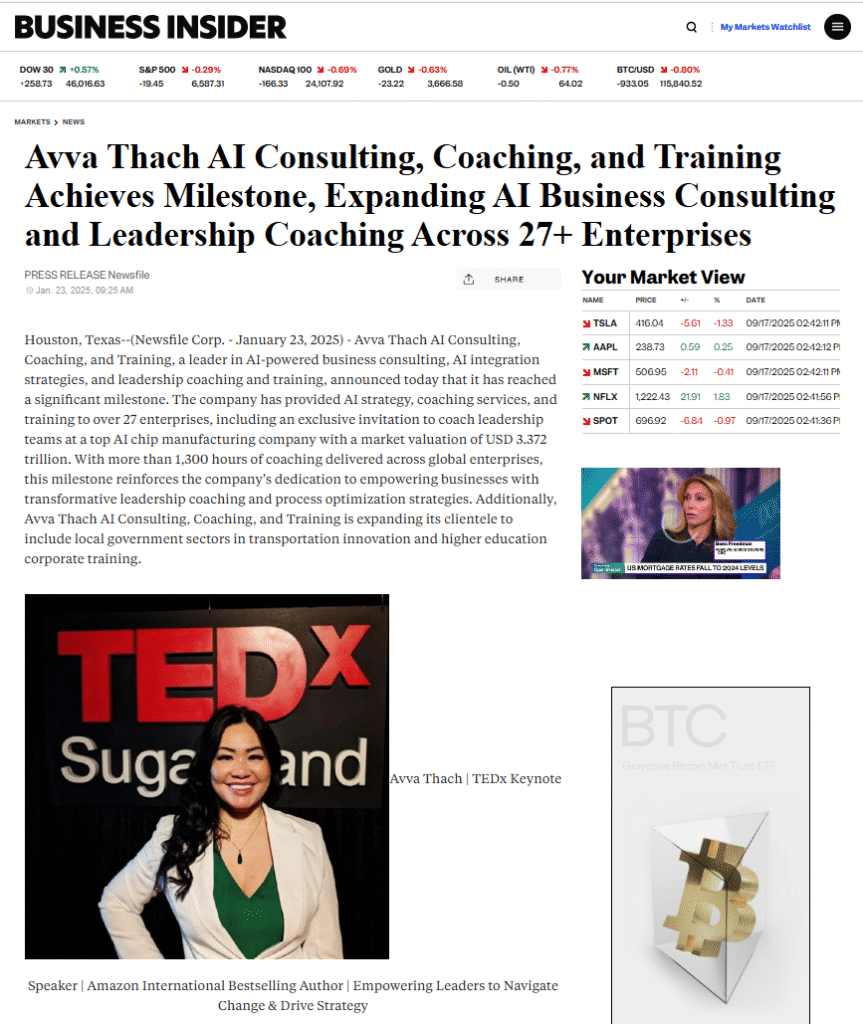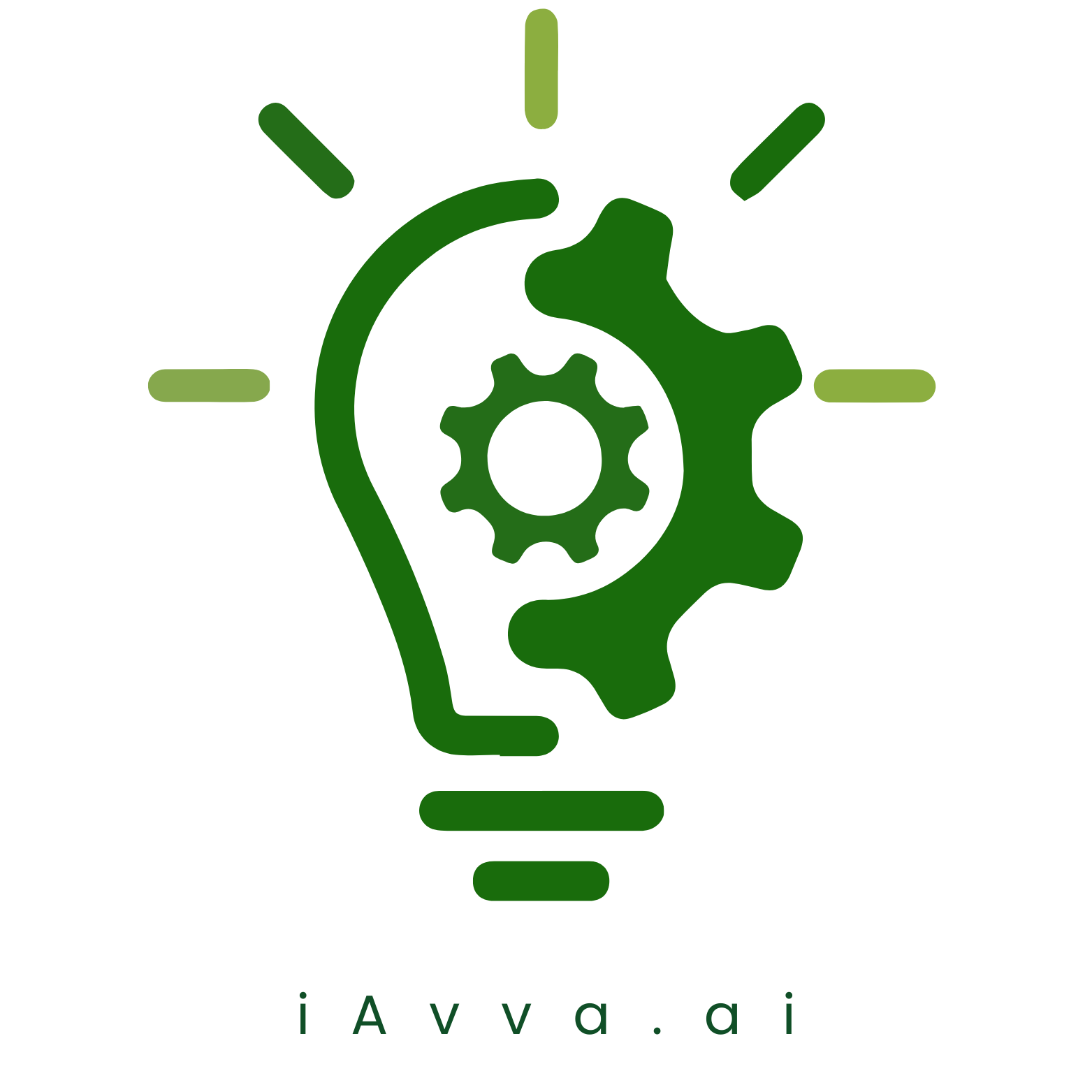Reliability-Centered Maintenance (RCM) software has emerged as a pivotal tool for organizations striving to enhance their maintenance strategies and operational efficiency. In an era where asset management and maintenance practices are increasingly scrutinized, RCM software provides a structured approach to ensure that systems operate reliably and efficiently. By focusing on the reliability of assets, organizations can minimize downtime, reduce maintenance costs, and ultimately improve service delivery.
This software is not merely a technological upgrade; it represents a fundamental shift in how organizations perceive and manage their maintenance processes. The adoption of RCM software is particularly relevant in industries where equipment failure can lead to significant financial losses or safety hazards. From manufacturing plants to healthcare facilities, the need for a robust maintenance strategy is universal.
RCM software enables organizations to analyze the functions of their assets, identify potential failures, and implement proactive maintenance strategies. As businesses continue to navigate the complexities of modern operations, the integration of RCM software into their maintenance frameworks becomes not just beneficial but essential for long-term success.
Key Takeaways
- RCM software enhances maintenance management by streamlining processes and improving productivity.
- Key features include asset tracking, predictive maintenance, and performance monitoring.
- Successful implementation requires integration with existing systems and thorough staff training.
- Continuous monitoring and performance measurement help optimize maintenance strategies.
- Overcoming implementation challenges is crucial for achieving operational efficiency.
Understanding the Benefits of RCM Software
The benefits of RCM software extend far beyond mere cost savings; they encompass a holistic improvement in operational efficiency and asset management. One of the most significant advantages is the reduction in unplanned downtime. By employing predictive analytics and data-driven insights, RCM software allows organizations to anticipate equipment failures before they occur.
This proactive approach not only minimizes disruptions but also enhances overall productivity, as teams can focus on planned maintenance rather than reacting to unexpected breakdowns. Moreover, RCM software fosters a culture of continuous improvement within organizations. By systematically analyzing maintenance data and performance metrics, businesses can identify trends and areas for enhancement.
This iterative process encourages teams to refine their maintenance strategies continually, leading to optimized resource allocation and improved asset lifespan. Additionally, the software’s ability to provide detailed reports and analytics empowers decision-makers with the information needed to make informed choices about maintenance investments and strategies.
Key Features of RCM Software

RCM software is equipped with a variety of features designed to streamline maintenance processes and enhance decision-making capabilities. One of the core features is the ability to conduct Failure Mode and Effects Analysis (FMEA). This analytical tool helps organizations identify potential failure modes of assets, assess their impact on operations, and prioritize maintenance activities accordingly.
By understanding which failures could have the most significant consequences, teams can allocate resources more effectively and mitigate risks. Another essential feature of RCM software is its data management capabilities. The software collects and organizes vast amounts of data from various sources, including sensors, maintenance logs, and operational reports.
This centralized data repository enables organizations to maintain accurate records of asset performance and maintenance history. Furthermore, advanced reporting tools allow users to generate customized reports that provide insights into key performance indicators (KPIs), helping teams track progress and identify areas for improvement.
Implementing RCM Software in Your Organization
Implementing RCM software requires careful planning and a strategic approach to ensure successful integration into existing processes. The first step in this journey is conducting a thorough assessment of current maintenance practices and identifying specific goals for the implementation. Organizations should engage stakeholders from various departments, including operations, maintenance, and IT, to gather insights and foster collaboration throughout the process.
Once the assessment is complete, organizations can begin selecting the right RCM software that aligns with their needs. Factors such as scalability, user-friendliness, and compatibility with existing systems should be considered during this selection process. After choosing the appropriate software, organizations must develop a comprehensive implementation plan that outlines timelines, resource allocation, and training requirements.
This structured approach will help ensure that the transition to RCM software is smooth and that all team members are adequately prepared for the changes ahead.
Maximizing Productivity with RCM Software
| Metric | Description | Typical Value / Range | Importance |
|---|---|---|---|
| Claim Submission Accuracy | Percentage of claims submitted without errors | 95% – 99% | High |
| Days in Accounts Receivable (AR) | Average number of days to collect payments | 30 – 45 days | High |
| Clean Claim Rate | Percentage of claims accepted on first submission | 85% – 98% | High |
| Denial Rate | Percentage of claims denied by payers | 5% – 15% | Medium |
| Denial Resolution Time | Average time to resolve denied claims | 7 – 14 days | Medium |
| Revenue Cycle Cost | Cost to manage the revenue cycle per claim | Varies by organization | Medium |
| Patient Payment Collection Rate | Percentage of patient payments collected at point of service | 60% – 80% | Medium |
| First Pass Resolution Rate | Percentage of claims resolved without rework | 70% – 90% | High |
| System Uptime | Percentage of time the RCM software is operational | 99.5% – 99.9% | High |
| User Satisfaction Score | Average rating from users on software usability | 4.0 – 4.8 (out of 5) | Medium |
To fully leverage the capabilities of RCM software, organizations must focus on maximizing productivity through effective utilization of its features. One way to achieve this is by establishing clear maintenance schedules based on data-driven insights provided by the software. By prioritizing tasks according to asset criticality and performance metrics, teams can ensure that they are addressing the most pressing maintenance needs first, thereby enhancing overall productivity.
Additionally, fostering a culture of collaboration among team members is crucial for maximizing productivity with RCM software. Encouraging open communication between maintenance personnel, operators, and management can lead to more effective problem-solving and decision-making processes. Regular training sessions can also help keep teams updated on best practices for using the software effectively, ensuring that everyone is equipped with the knowledge needed to contribute to improved productivity.
Streamlining Maintenance Processes with RCM Software

RCM software plays a vital role in streamlining maintenance processes by automating routine tasks and providing valuable insights into asset performance. One of the key ways it achieves this is through automated work order generation based on predefined criteria. When certain thresholds are met—such as equipment usage hours or performance anomalies—the software can automatically create work orders for maintenance teams, reducing manual intervention and ensuring timely responses.
Furthermore, RCM software enhances communication between different departments involved in maintenance activities. By providing a centralized platform for sharing information about asset performance and maintenance history, teams can collaborate more effectively. This streamlined communication reduces delays in decision-making and ensures that everyone is on the same page regarding maintenance priorities and schedules.
Integrating RCM Software with Existing Systems
Integrating RCM software with existing systems is a critical step in maximizing its effectiveness within an organization. Many businesses already utilize various tools for asset management, inventory control, or enterprise resource planning (ERP). Ensuring that RCM software can seamlessly connect with these systems allows for a more comprehensive view of operations and enhances data accuracy.
To achieve successful integration, organizations should work closely with IT teams to identify potential challenges and develop solutions that facilitate smooth data exchange between systems. This may involve utilizing application programming interfaces (APIs) or middleware solutions that enable different platforms to communicate effectively. By creating a cohesive ecosystem where all systems work together harmoniously, organizations can unlock the full potential of their RCM software.
Training and Onboarding for RCM Software
Effective training and onboarding are essential components of a successful RCM software implementation. Organizations must invest time and resources into educating their teams about the new system’s features and functionalities. A well-structured training program should include hands-on workshops, online tutorials, and access to user manuals that provide comprehensive guidance on using the software effectively.
Moreover, fostering a supportive environment during the onboarding process can significantly enhance user adoption rates. Encouraging team members to ask questions and share their experiences can help build confidence in using the new system. Additionally, appointing “super users” or champions within each department can facilitate knowledge sharing and provide ongoing support as employees navigate the transition to RCM software.
Monitoring and Measuring Performance with RCM Software
Monitoring and measuring performance is crucial for assessing the effectiveness of RCM software within an organization. The software’s reporting capabilities allow teams to track key performance indicators (KPIs) related to asset reliability, maintenance costs, and downtime incidents. By regularly reviewing these metrics, organizations can gain valuable insights into their maintenance practices and identify areas for improvement.
Regularly scheduled meetings can provide opportunities for discussing progress toward goals, sharing successes, and addressing challenges encountered during implementation. This continuous feedback loop fosters a culture of accountability and encourages teams to strive for excellence in their maintenance efforts.
Overcoming Challenges in RCM Software Implementation
While implementing RCM software offers numerous benefits, organizations may encounter challenges along the way. Resistance to change is one common hurdle that many businesses face when introducing new technologies. Employees may feel apprehensive about adapting to new processes or fear job displacement due to automation.
To overcome this challenge, it is essential for leadership to communicate the value of RCM software clearly and emphasize how it will enhance rather than replace human contributions. Another challenge lies in ensuring data quality throughout the implementation process. Inaccurate or incomplete data can undermine the effectiveness of RCM software and lead to misguided decision-making.
Organizations must prioritize data governance by establishing protocols for data entry, validation, and management. By fostering a culture of data integrity, businesses can ensure that their RCM software operates on reliable information.
Achieving Efficiency with RCM Software
In conclusion, Reliability-Centered Maintenance (RCM) software represents a transformative solution for organizations seeking to enhance their maintenance strategies and operational efficiency. By understanding its benefits, key features, and implementation strategies, businesses can unlock significant improvements in asset management while minimizing costs associated with unplanned downtime. As organizations navigate the complexities of modern operations, embracing RCM software becomes essential for achieving long-term success.
Ultimately, investing in RCM software is not just about adopting new technology; it is about committing to a proactive approach that ensures reliability and excellence in every aspect of operations.
In the rapidly evolving landscape of revenue cycle management (RCM) software, organizations are increasingly turning to artificial intelligence to enhance their decision-making processes. A related article that delves into the integration of AI in business leadership is available at





















Leave a Reply